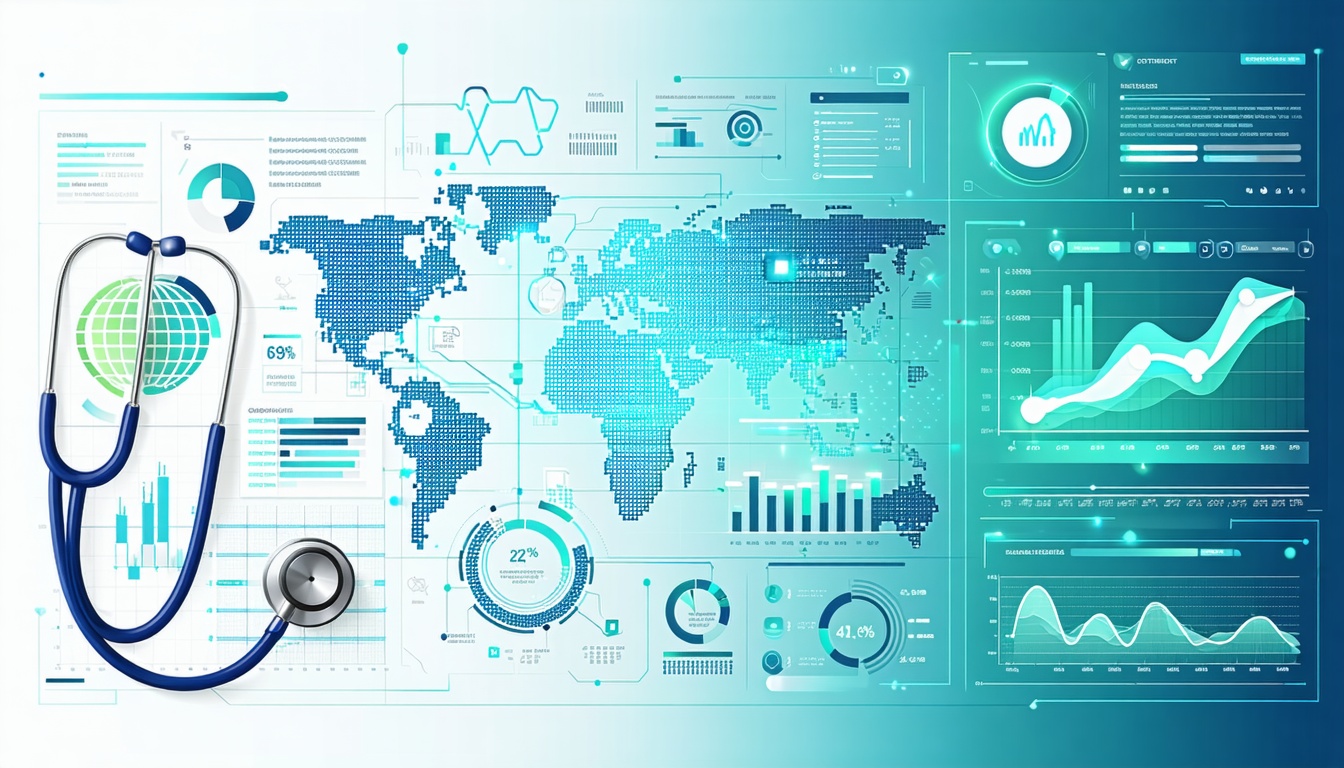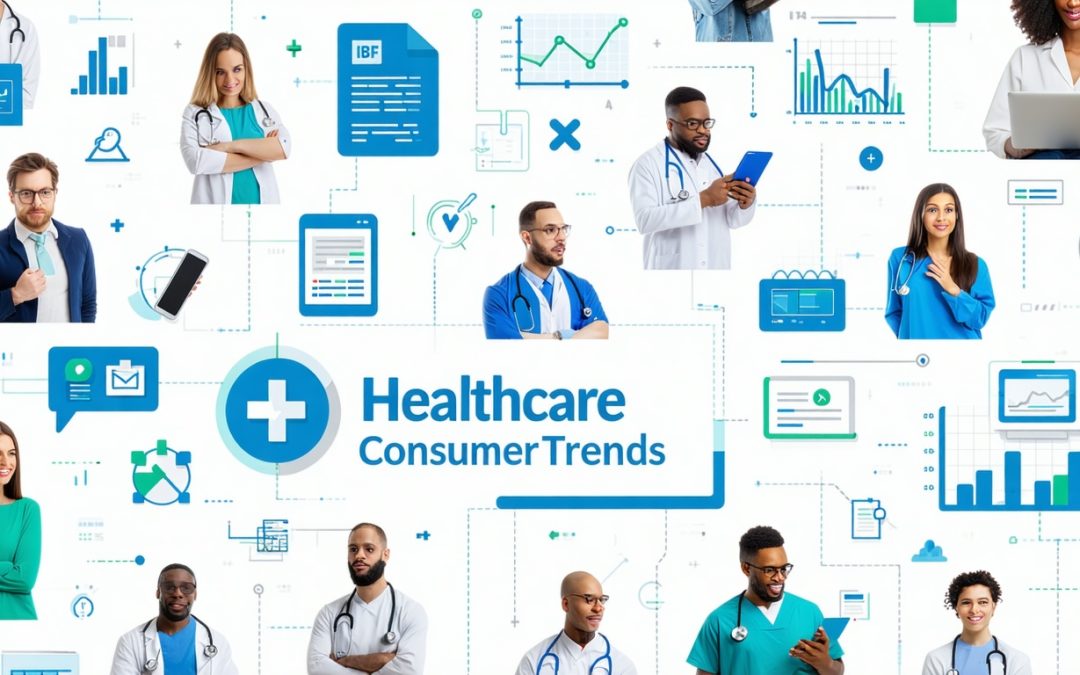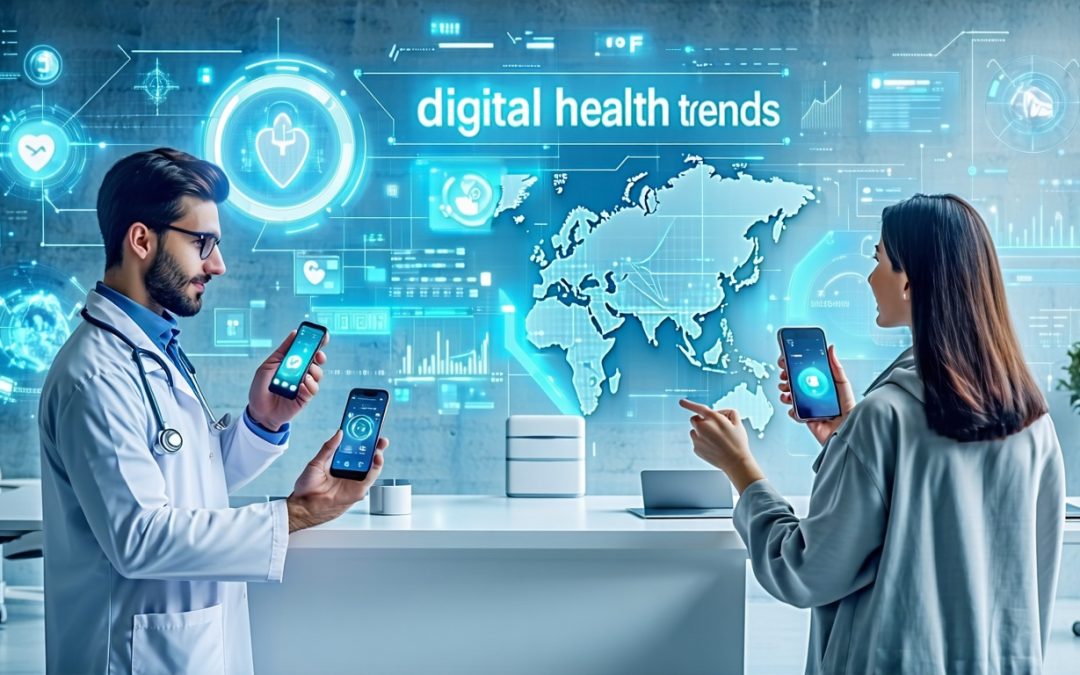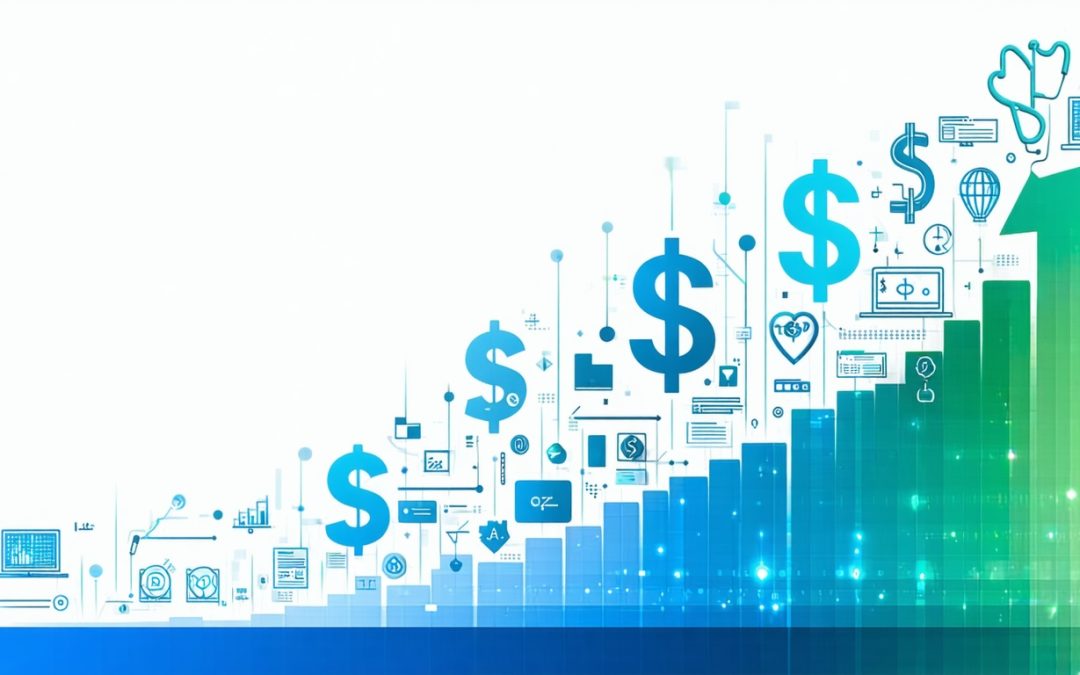Overview of Private Healthcare
Private healthcare refers to medical services provided by organizations or professionals that operate independently of government funding. This sector often offers a range of services, including specialized treatments, elective surgeries, and personalized care options. The private healthcare landscape is characterized by its flexibility, shorter wait times, and a focus on patient satisfaction.
In recent years, the private healthcare sector has seen significant growth, driven by advancements in technology and an increasing demand for high-quality care. Young professionals considering private healthcare should be aware of the various options available, as well as the potential benefits and challenges associated with this sector.
| Key Features of Private Healthcare | Description |
|---|---|
| Flexibility | Patients can choose their providers and treatment options. |
| Shorter Wait Times | Access to services is often quicker than in public healthcare. |
| Personalized Care | Tailored treatment plans based on individual needs. |
Importance of Staying Informed About Healthcare Trends
Staying informed about healthcare data trends is essential for young professionals navigating the private healthcare landscape. Understanding these trends can help individuals make informed decisions about their healthcare options and anticipate changes in the industry.
Healthcare data trends encompass various aspects, including technological advancements, patient preferences, and regulatory changes. By keeping up with these trends, young professionals can better understand how to optimize their healthcare experiences and advocate for their needs.
| Benefits of Staying Informed | Description |
|---|---|
| Improved Decision-Making | Knowledge of trends aids in selecting the right healthcare options. |
| Enhanced Patient Advocacy | Informed individuals can better communicate their needs to providers. |
| Awareness of Innovations | Understanding new technologies can lead to better health outcomes. |
For more insights into the evolving landscape of private healthcare, explore our articles on healthcare industry trends and emerging trends in healthcare industry.
Emerging Healthcare Data Trends
The landscape of private healthcare is rapidly evolving, driven by advancements in technology and data utilization. Understanding these emerging healthcare data trends is essential for young professionals considering a career in this field.
Utilization of Big Data in Private Healthcare
Big data plays a pivotal role in transforming private healthcare. By analyzing vast amounts of information from various sources, healthcare providers can make informed decisions that enhance patient care and operational efficiency. The integration of big data allows for improved patient outcomes, cost reduction, and streamlined processes.
The following table illustrates the key areas where big data is making an impact in private healthcare:
| Area of Impact | Description |
|---|---|
| Patient Care | Enhanced diagnosis and treatment plans through data analysis. |
| Operational Efficiency | Streamlined workflows and resource allocation. |
| Cost Management | Identification of cost-saving opportunities and waste reduction. |
| Predictive Analytics | Anticipation of patient needs and potential health issues. |
For more insights on how data is shaping the healthcare industry, refer to our article on healthcare industry trends.
Artificial Intelligence in Healthcare Data Analysis
Artificial intelligence (AI) is revolutionizing healthcare data analysis by enabling more accurate and efficient processing of information. AI algorithms can analyze complex datasets, identify patterns, and provide actionable insights that support clinical decision-making.
The benefits of AI in healthcare data analysis include:
- Improved Diagnostics: AI can assist in diagnosing diseases by analyzing medical images and patient data more accurately than traditional methods.
- Personalized Treatment Plans: By evaluating individual patient data, AI can help create tailored treatment plans that consider a patient’s unique health profile.
- Operational Insights: AI can optimize hospital operations by predicting patient admissions and managing staff allocation effectively.
The following table summarizes the advantages of AI in healthcare:
| Advantage | Description |
|---|---|
| Enhanced Accuracy | Reduces human error in diagnostics and treatment recommendations. |
| Time Efficiency | Speeds up data processing and analysis, allowing for quicker decision-making. |
| Cost Reduction | Minimizes unnecessary tests and procedures through precise data insights. |
For further exploration of how technology is influencing healthcare, check out our article on healthcare technology trends.
These emerging trends in healthcare data are shaping the future of private care, making it essential for young professionals to stay informed and adapt to these changes. Understanding the implications of big data and AI will be crucial for those looking to thrive in the evolving healthcare landscape.
Patient-Centric Care
The shift towards patient-centric care is a significant trend in the private healthcare sector. This approach emphasizes the importance of tailoring healthcare services to meet the individual needs of patients. By leveraging healthcare data trends, providers can enhance the quality of care and improve patient outcomes.
Personalized Medicine and Healthcare Data
Personalized medicine is revolutionizing the way healthcare is delivered. By utilizing healthcare data, providers can create customized treatment plans based on a patient’s unique genetic makeup, lifestyle, and preferences. This data-driven approach allows for more effective interventions and better management of chronic conditions.
The following table illustrates the benefits of personalized medicine:
| Benefit | Description |
|---|---|
| Improved Outcomes | Tailored treatments lead to higher success rates. |
| Reduced Side Effects | Customized therapies minimize adverse reactions. |
| Enhanced Patient Engagement | Patients are more involved in their care decisions. |
| Cost Efficiency | Targeted treatments can reduce unnecessary procedures. |
Healthcare data trends play a crucial role in the development of personalized medicine. By analyzing large datasets, healthcare providers can identify patterns and predict which treatments will be most effective for specific patient populations. For more insights on this topic, refer to our article on personalized healthcare trends.
Enhancing Patient Experience Through Data Trends
Data trends are also instrumental in enhancing the overall patient experience. By collecting and analyzing patient feedback, healthcare providers can identify areas for improvement and implement changes that directly address patient concerns. This proactive approach fosters a more positive healthcare experience.
The following table highlights key areas where data trends can improve patient experience:
| Area | Impact |
|---|---|
| Communication | Improved channels for patient-provider interaction. |
| Appointment Scheduling | Streamlined processes reduce wait times. |
| Treatment Follow-Up | Automated reminders enhance adherence to care plans. |
| Patient Education | Tailored resources empower patients with knowledge. |
By focusing on these areas, healthcare providers can create a more patient-friendly environment. Understanding and adapting to healthcare consumer trends is essential for young professionals considering private healthcare. Embracing these data-driven strategies not only improves patient satisfaction but also strengthens the overall healthcare system.
Data Security and Privacy
In the realm of private healthcare, data security and privacy are paramount. As healthcare organizations increasingly rely on technology and data analytics, the protection of sensitive patient information becomes a critical concern.
Importance of Data Security in Private Healthcare
Data breaches can have severe consequences for both healthcare providers and patients. The loss of personal health information can lead to identity theft, financial loss, and a breach of trust between patients and their healthcare providers. Ensuring robust data security measures is essential for maintaining patient confidentiality and safeguarding sensitive information.
Healthcare organizations must implement comprehensive security protocols, including encryption, access controls, and regular security audits. These measures help to mitigate risks associated with cyber threats and unauthorized access to patient data. The following table outlines common data security measures used in private healthcare:
| Data Security Measure | Description |
|---|---|
| Encryption | Protects data by converting it into a secure format that can only be read with a decryption key. |
| Access Controls | Limits access to sensitive data based on user roles and responsibilities. |
| Regular Audits | Conducts periodic reviews of security practices to identify vulnerabilities and ensure compliance. |
| Data Backup | Regularly saves copies of data to prevent loss in case of a breach or system failure. |
Compliance with Data Privacy Regulations
Compliance with data privacy regulations is another critical aspect of data security in private healthcare. Various laws and regulations govern the handling of personal health information, including the Health Insurance Portability and Accountability Act (HIPAA) in the United States. These regulations set standards for the protection of patient data and require healthcare organizations to implement specific security measures.
Failure to comply with these regulations can result in significant penalties and legal repercussions. Healthcare organizations must stay informed about current regulations and ensure that their data handling practices align with legal requirements. The following table summarizes key data privacy regulations relevant to private healthcare:
| Regulation | Description |
|---|---|
| HIPAA | Establishes national standards for the protection of health information in the U.S. |
| GDPR | Regulates data protection and privacy for individuals within the European Union. |
| CCPA | Provides California residents with rights regarding their personal information. |
By prioritizing data security and ensuring compliance with privacy regulations, private healthcare organizations can build trust with their patients and protect sensitive information. Staying updated on healthcare industry trends and healthcare compliance trends is essential for young professionals navigating the evolving landscape of private healthcare.
Telemedicine and Remote Monitoring
The rise of telemedicine and remote monitoring has transformed the landscape of private healthcare. These advancements not only enhance patient access to care but also improve the management of chronic diseases.
Advancements in Telemedicine Technologies
Telemedicine technologies have evolved significantly, enabling healthcare providers to deliver care remotely. Video consultations, mobile health applications, and secure messaging platforms are now commonplace. These tools allow patients to connect with healthcare professionals from the comfort of their homes, reducing the need for in-person visits.
The following table highlights key advancements in telemedicine technologies:
| Technology Type | Description | Benefits |
|---|---|---|
| Video Conferencing | Real-time video consultations | Convenient access to care |
| Mobile Health Apps | Applications for tracking health metrics | Empower patients in self-management |
| Remote Patient Monitoring | Devices that track vital signs and health data | Continuous monitoring of conditions |
These technologies not only enhance patient engagement but also streamline the healthcare delivery process. For more insights on the latest trends in healthcare technology, refer to our article on healthcare technology trends.
Remote Monitoring for Chronic Disease Management
Remote monitoring plays a crucial role in managing chronic diseases. Patients with conditions such as diabetes, hypertension, and heart disease can benefit from continuous monitoring of their health metrics. This proactive approach allows healthcare providers to make timely interventions and adjustments to treatment plans.
The following table outlines common chronic diseases and the corresponding remote monitoring tools:
| Chronic Disease | Remote Monitoring Tool | Purpose |
|---|---|---|
| Diabetes | Glucometers and continuous glucose monitors | Track blood sugar levels |
| Hypertension | Blood pressure monitors | Monitor blood pressure regularly |
| Heart Disease | Wearable heart rate monitors | Track heart rate and rhythm |
By utilizing remote monitoring tools, healthcare providers can enhance patient outcomes and reduce hospital readmissions. For further exploration of emerging trends in healthcare, check out our article on emerging trends in healthcare industry.
The integration of telemedicine and remote monitoring into private healthcare not only improves access to care but also empowers patients to take control of their health. As these technologies continue to advance, they will play an increasingly vital role in the future of healthcare delivery.
Future Outlook
Predictive Analytics in Private Healthcare
Predictive analytics is becoming a vital tool in private healthcare, allowing providers to anticipate patient needs and improve outcomes. By analyzing historical data, healthcare professionals can identify patterns and trends that inform decision-making. This approach enhances the ability to predict disease outbreaks, patient admissions, and treatment responses.
The following table illustrates the potential applications of predictive analytics in private healthcare:
| Application | Description |
|---|---|
| Patient Risk Assessment | Identifying patients at high risk for chronic diseases based on historical data. |
| Resource Allocation | Optimizing staff and resource distribution based on predicted patient volume. |
| Treatment Personalization | Tailoring treatment plans based on predicted responses to therapies. |
| Preventive Care | Implementing preventive measures for patients identified as high risk. |
As predictive analytics continues to evolve, it will play a crucial role in shaping the future of private healthcare. Young professionals entering the field should be aware of these advancements and consider how they can leverage data to enhance patient care. For more insights into the latest trends, refer to our article on healthcare analytics trends.
Potential Impact of Healthcare Data Trends on Young Professionals
The ongoing evolution of healthcare data trends is set to significantly impact young professionals considering careers in private healthcare. As the industry increasingly relies on data-driven decision-making, professionals will need to develop skills in data analysis and interpretation.
The following table outlines key areas where healthcare data trends may influence young professionals:
| Area | Impact |
|---|---|
| Job Opportunities | Increased demand for data analysts and healthcare informatics specialists. |
| Skill Development | Emphasis on data literacy and analytical skills in educational programs. |
| Career Advancement | Opportunities for growth in roles that integrate technology and patient care. |
| Interdisciplinary Collaboration | Need for collaboration between healthcare providers and data scientists. |
Understanding these trends will be essential for young professionals to navigate the private healthcare landscape effectively. They should stay informed about emerging trends in the healthcare industry and consider how they can adapt to the changing environment. By embracing these data trends, they can contribute to improved patient outcomes and the overall efficiency of healthcare delivery.












0 Comments